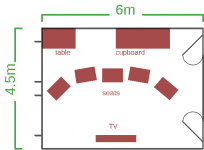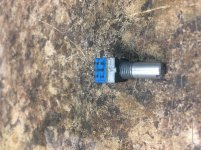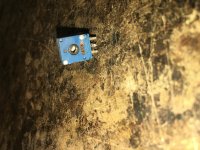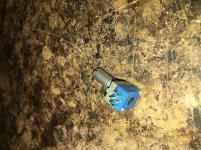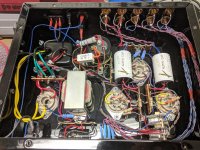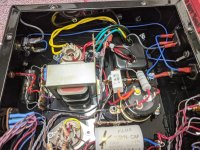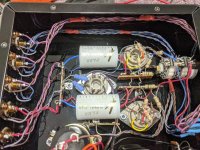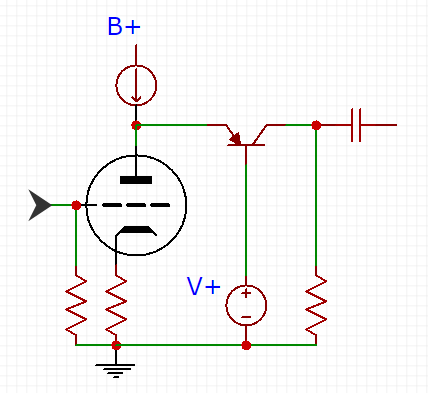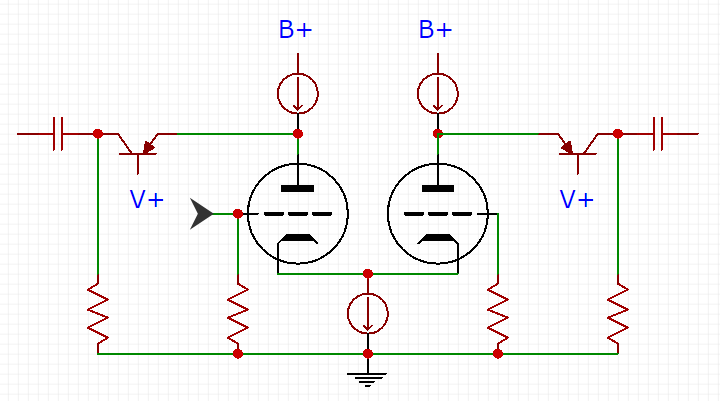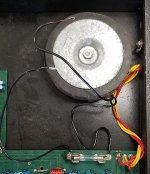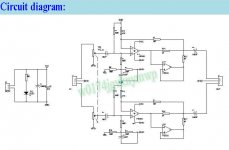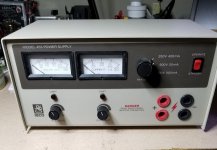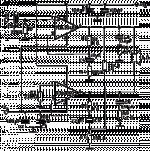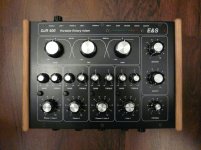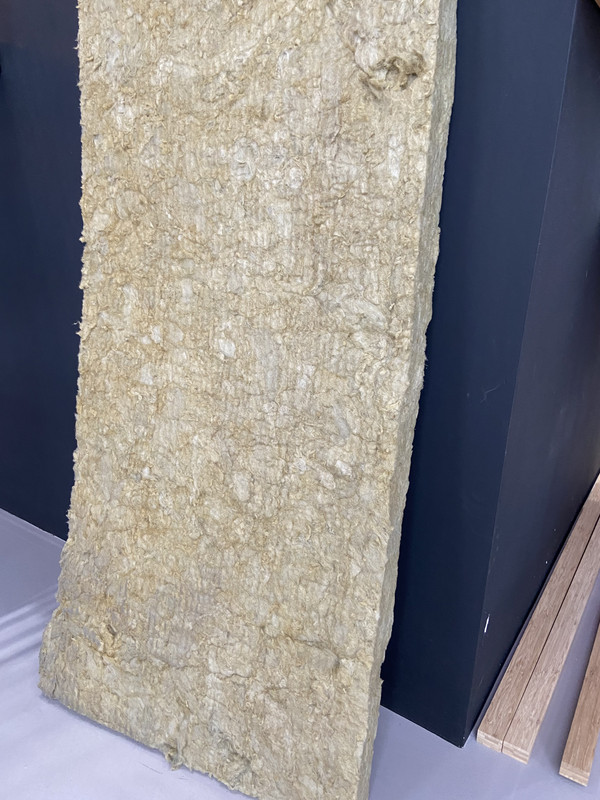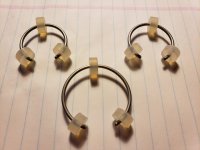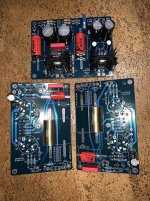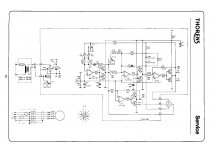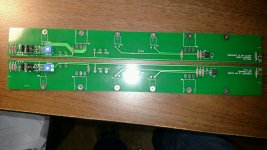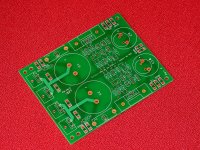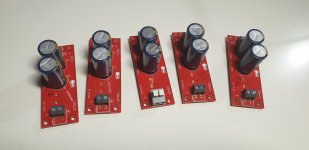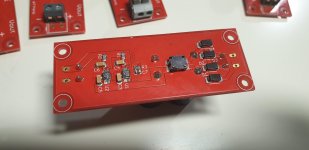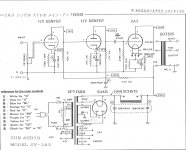Hi,
I'm looking for help in understanding the circuit design for the Haffler DH220.
First, a bit about me. I have a degree in physics and did some electronic labs in college, but I'm not an engineer and that was 20+ years ago. I do some electronics hobbying, mostly fixing broken stuff, but don't have any experience in audio projects, though that seems to be a hobby waiting to happen. I've good analytic and mechanical skills. I work as an IT Architect and restore motorcycles as a hobby. All this is to say that I think I'm up to the task of understanding this, but I could use a little help.
I have a working amp that I want to refurbish as it sounds a bit "dead". Not dead like it doesn't work, but just not very open, vibrant, etc. My thought is that I'll upgrade capacitors and replace components as needed based on testing them.
However, rather than just jump in, I'd like to have a solid understanding of the circuit first. From studying the schematic (posted below with my markup), reading literally hundreds of posts on this and other forums, reading appropriate sections electronics texts (The Art of Electronics, and Sloan's books High Power Audio Amplifier and Audiophile's Project Sourcebook), and reading through Marshall Leach's description of his amp design (very helpful), I have a pretty good high level understanding of the Haffler design. However, there are some sections of the circuit I don't understand.
What follows is my understanding (please correct any errors) as well as my questions.
The design follows Lin's 3 stage architecture. It is a complementary design, so in the following (and in my markup of the schematic), I'm just going to focus on 1/2 of the circuit
The input impedance is set by R1. The input is ac coupled through C1 and C2.
C21 and C22 are to remove any power supply ripple.
The input stage is a differential amplifier formed by Q3 & Q4 with a current source in the tail formed by Q2, D4, D5, D6 and R9.
The input stage is biased by the voltage divider that is adjusted by P1.
Output from the input stage is from the collector of Q3 and feeds the 2nd stage (the VAS). The 2nd stage is a Darlington Pair (Q7 & Q8). Diode D9 seems to work like a Baker Clamp to protect Q7 from saturating. If I understood my reading correctly, a Baker Clamp would have another diode, so I'm not sure if this actually is a Baker Clamp or not.
The output of stage two is from the collector of Q8 and feeds the base on the output driver Q12. Q12 is biased by the amplified diode formed with Q9, P2, and the associated resistors. Q12 is configured as an emitter-follower and the emitter output feeds the parallel MOSFETS that complete the output stage.
The output is run through some filters composed of L1& R36 along with R35 & C19 and R37 & C20 (I believe these two RC segments are part of a Zobel network).
Questions:
How is this 2nd stage biased? Is it through R9 and C4? If not, what is the purpose of R9 and C4?
What is the purpose of R34 and C18? My guess is that R34 is part of the feedback network and C18 provides a mean to bypass R18 for certain frequencies to adjust feedback.
The circuit near point A in the schematic is the feedback network, correct? If someone feels like explaining how that functions, that would be great, though just knowing it is the feedback network is enough for my general understanding.
What is the purpose of C23?
What is the purpose of C11, C12, and C13? More power supply filtering?
One of the output stage input drivers (lower part of diagram) has some capacitors in it's circuit segment (C10 and C17) that the other driver doesn't. What is the purpose of those and why on only one driver?
What are the diodes in the middle of the diagram for (D11, D12, D13, & D14)?
Finally, can someone explain the purpose of the Resistors and Capacitor (R401, R402, and C401) in the output stage? Are those there for biasing? I'm having a hard time wrapping my head around that detail.
Thanks in advance for your input on this. If I get a thorough (and accurate) understanding of the circuit, I'll write it up and repost it.
James
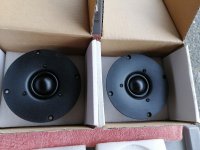 IMG_20190620_140648.jpg735.9 KB · Views: 517
IMG_20190620_140648.jpg735.9 KB · Views: 517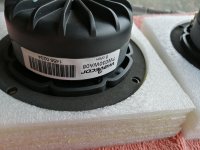 IMG_20190620_140724.jpg761.7 KB · Views: 498
IMG_20190620_140724.jpg761.7 KB · Views: 498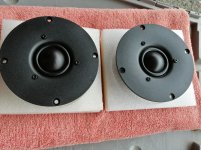 IMG_20190620_140802.jpg1 MB · Views: 477
IMG_20190620_140802.jpg1 MB · Views: 477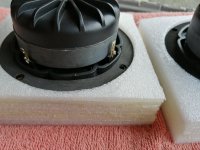 IMG_20190620_140750.jpg769 KB · Views: 473
IMG_20190620_140750.jpg769 KB · Views: 473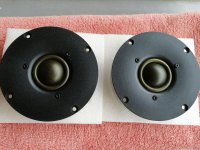 IMG_20190620_141229.jpg1 MB · Views: 445
IMG_20190620_141229.jpg1 MB · Views: 445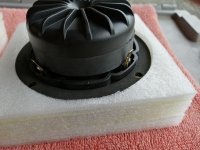 IMG_20190620_141305.jpg834.8 KB · Views: 146
IMG_20190620_141305.jpg834.8 KB · Views: 146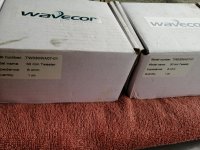 IMG_20190620_141436.jpg999.6 KB · Views: 100
IMG_20190620_141436.jpg999.6 KB · Views: 100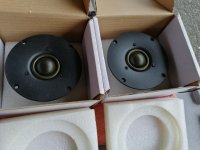 IMG_20190620_141402.jpg768.7 KB · Views: 119
IMG_20190620_141402.jpg768.7 KB · Views: 119
